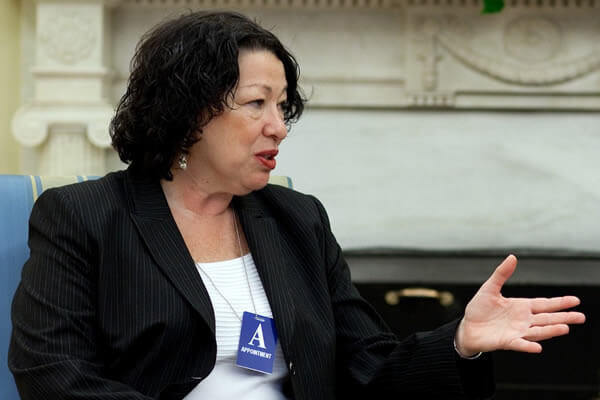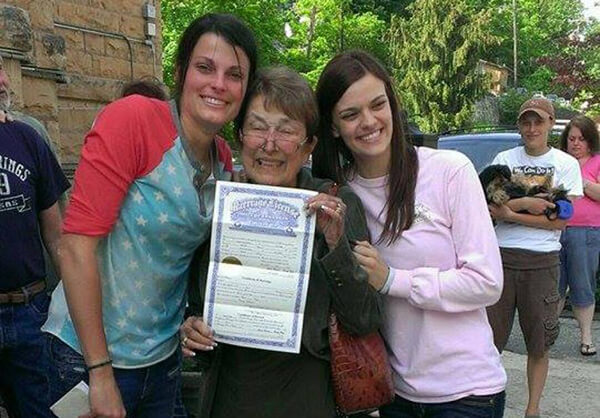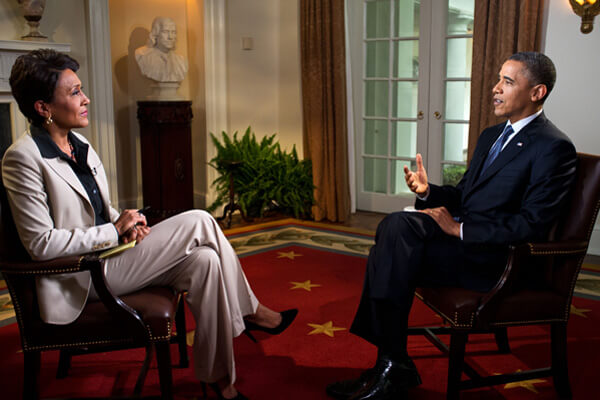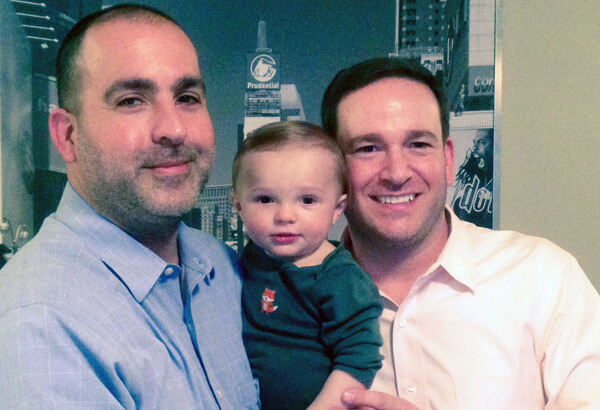Supreme Court Justice Sonia Sotomayor has given the plaintiffs until noon on Friday to respond to Utah's motion for a stay in the marriage equality case. | PETE SOUZA/ WHITE HOUSE
Late in the afternoon on New Year’s Eve, the State of Utah petitioned the Supreme Court to stay the ruling by US District Judge Robert Shelby in the marriage equality case. The petition is addressed to Justice Sonia Sotomayor, who is assigned to hear such petitions that come from states in the 10th Circuit. Last week, a pair of judges from the 10th Circuit Court of Appeals, sitting as a panel to hear such petitions, supported Shelby’s decision to deny a stay.
Utah was caught by Shelby’s December 20 decision without an attorney general, the incumbent, John Swallow, having resigned earlier in the month in the face of a variety of probes into alleged improprieties. The state had failed to request a stay upfront in the case in the event the plaintiffs prevailed on summary judgment –– which they did –– so Utah officials were required to file a petition subsequent to the December 20 ruling and the plaintiffs were given the chance to respond. After oral arguments on December 23, Shelby denied the stay, issuing a lengthy opinion justifying his decision.
The following day, the two 10th Circuit judges, sitting as a motions panel, unanimously affirmed Shelby, finding that a stay was not warranted.
Justice Sotomayor gives plaintiff couples until noon Friday to respond
The state hired a well-known Idaho litigator, Monte Stewart, and his firm, and the new attorney general, Sean Reyes, was sworn in on December 30. The team of Stewart and Reyes, a different crew from the one that fell short last week, has taken the reins in the case, and the petition filed with the Supreme Court is expertly put together.
Asserting that the case meets the Supreme Court’s criteria for a stay, the petition argues that it is likely the high court would grant review to a 10th Circuit decision affirming Shelby’s opinion and likely that the full court would reverse the 10th Circuit, and that failure to stay the ruling would cause irreparable injury to the state.
On the first point, the state is undoubtedly correct. A 10th Circuit decision that affirms Shelby would likely draw at least the four votes on the court needed to grant review.
The petition’s second assertion is questionable, and depends heavily on trying to repurpose Justice Anthony Kennedy’s opinion in the DOMA case as a federalism ruling, one that vindicates the right of states to determine eligibility and qualifications for marriage. That was the way Chief Justice John Roberts, rather hopefully, characterized Kennedy’s opinion in his dissent, though that perspective was curtly disputed in Justice Antonin Scalia’s dissent.
In making this portion of its argument, however, Utah need merely persuade a majority of the court that it is possible that a 10th Circuit decision would be reversed.
The state’s argument on irreparable injury is highly contentious, suggesting that Utah suffers injury when a court orders it to let same-sex couples marry against the political will of the state as well as arguing that the plaintiffs suffer no injury because they are not being deprived of an “established” constitutional right. Here, the petition is asserting the case is not about the right to marry, but rather about a right of “same-sex marriage.” This is conceptually the same error the Supreme Court embraced in its 1986 Georgia sodomy ruling –– and that the court’s majority in the 2003 Texas sodomy ruling identified as a fatal flaw in the earlier case.
It is impossible to predict what will happen with this. The ball is in the plaintiffs’ court, and one hopes they quickly come up with a persuasive response by Sotomayor’s noon deadline on January 3. Somebody is going to be working furiously over the New Year’s holiday.
It is likely that Sotomayor will refer this petition to the full court, but the timing on that is also unclear.






































